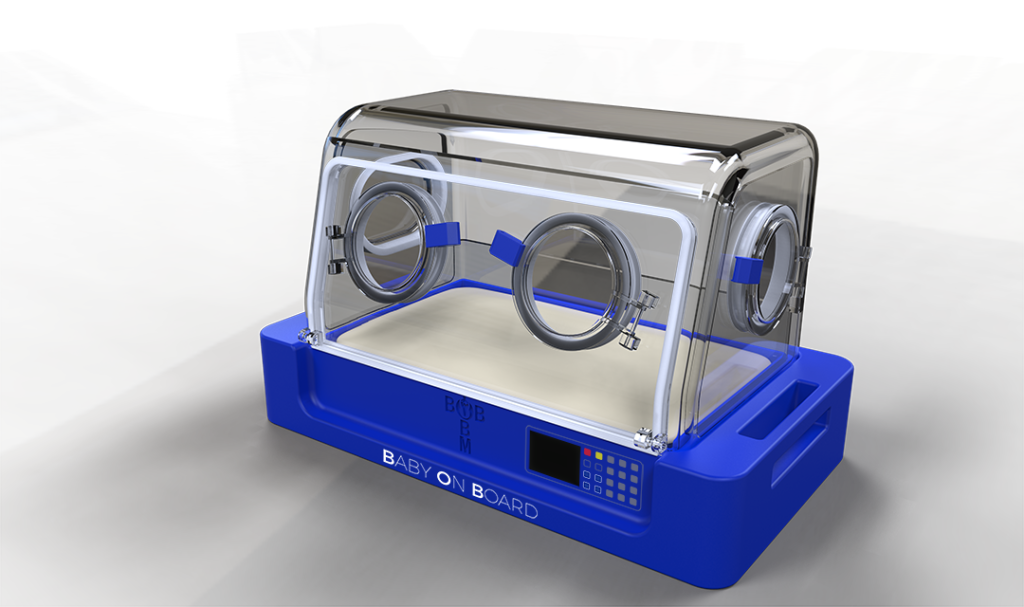- How to Adjust X and Y Axis Scale in Arduino Serial Plotter (No Extra Software Needed)Posted 7 months ago
- Elettronici Entusiasti: Inspiring Makers at Maker Faire Rome 2024Posted 7 months ago
- makeITcircular 2024 content launched – Part of Maker Faire Rome 2024Posted 9 months ago
- Application For Maker Faire Rome 2024: Deadline June 20thPosted 11 months ago
- Building a 3D Digital Clock with ArduinoPosted 1 year ago
- Creating a controller for Minecraft with realistic body movements using ArduinoPosted 1 year ago
- Snowflake with ArduinoPosted 1 year ago
- Holographic Christmas TreePosted 1 year ago
- Segstick: Build Your Own Self-Balancing Vehicle in Just 2 Days with ArduinoPosted 1 year ago
- ZSWatch: An Open-Source Smartwatch Project Based on the Zephyr Operating SystemPosted 1 year ago
Baby on Board: the open source neonatal incubator at Maker Faire Europe
BOB fully embraces the #makers philosophy: low cost components, reproducible anywhere thank to a documentation freely available online, achievable by a 3D printer.
BOB hopes to meet a specific need: among different causes of neonatal deaths it is estimated that about 75% occurs within the first week of life and is often due to lack of biomedical equipment, too or difficult to manage. The inspiration comes from Open BioMedical Initiative, a global non profit initiative to support the traditional biomedical field, engaged in a collaborative development and distribution of low cost, open source and 3D printed biomedical technologies and devices. BOB, as many of the other initiatives by Open Biomedical, consists of an operative community whose members – engineers, biotechnologists, doctors, makers, passionate people – united by passion, competence and curiosity, share a common dream: to change the face of biomedical technologies. Their efforts are supported and flanked by an ONLUS association.
BOB is realized through an open-source approach: every technical detail (instructions and files) is shared for free on the web, to be freely replicated and improved by anyone, everywhere. 3D printing is also crucial: it allows to realize devices in places difficult to reach with traditional ways of transport, breaking down the boundaries of logistics and primary supply, and provide a grade of support and customization better than ever before.
The BOB incubator allows to adjust and maintain both temperature and humidity constant inside. The electronics are based on an #Arduino board, which consists in:
– air temperature sensors;
– relative air humidity sensors;
– pwm controlled fans to withdraw air from the outside;
– heater to heat the incoming air;
– display control and monitoring of the operating status;
– pushbutton for alarm management and changing settings;
– audible alarms as well as notifications on the screen warning of any malfunctions;
– SD memory card with data logging function (it saves the alarm history, the environmental parameters such as temperature, humidity, battery status and the number of operating hours);
Limit energy consumption is an important aspect especially when you consider that BOB in its final version will be equipped with a battery system that can be used when the electric current should fail: it is therefore obvious that by limiting the consumption, it increases the autonomy (in the same capacity conditions).
All electronic components have been chosen on the basis of long-term reliability, price and availability in order to be able to keep down the total cost of the instrument.
















